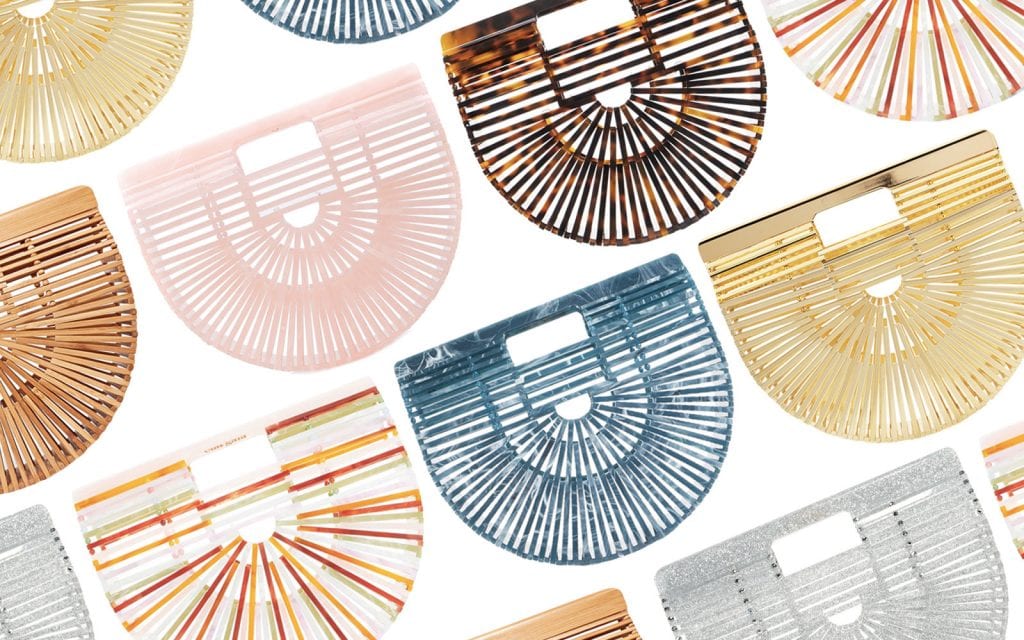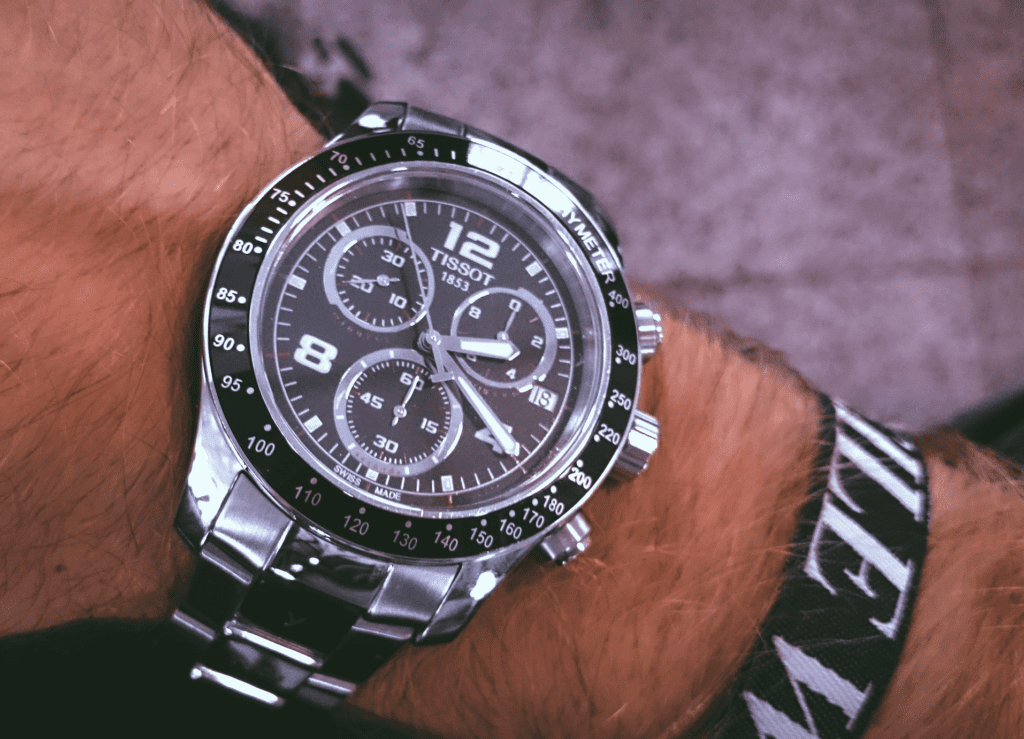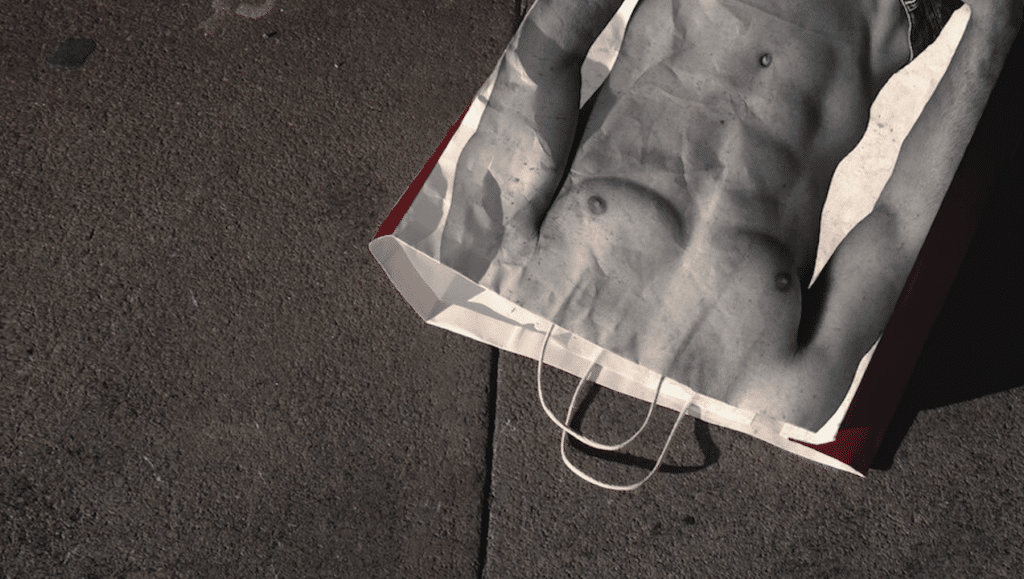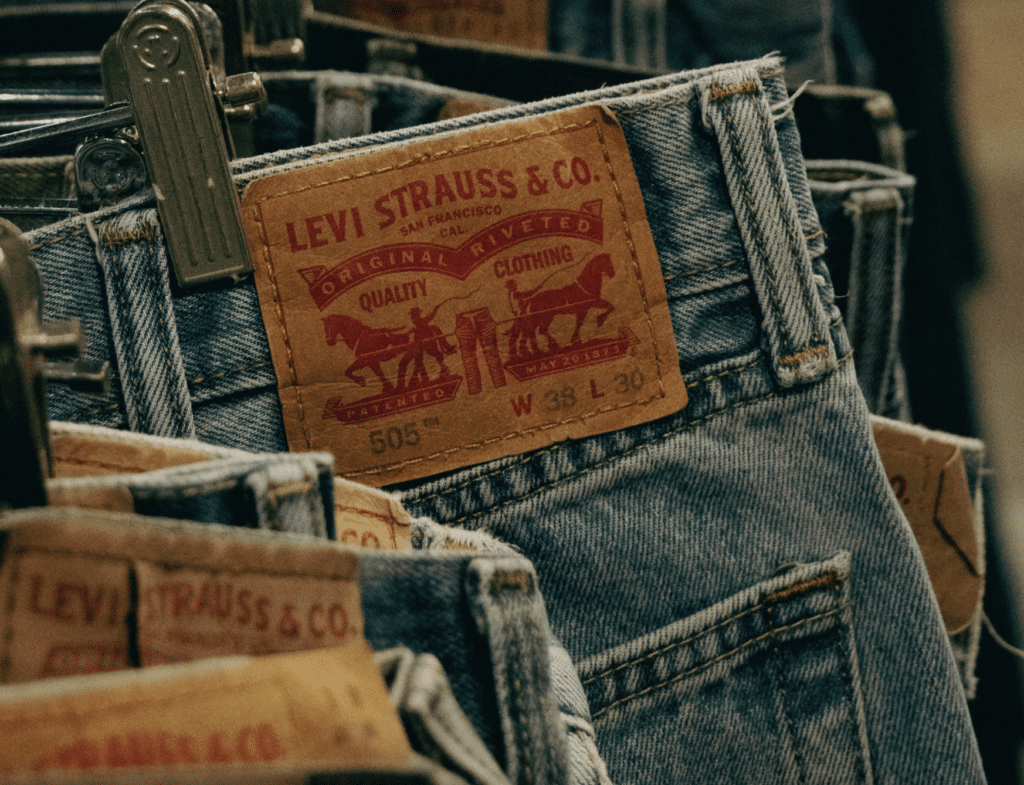Who owns the design of the wildly popular half-moon bamboo bag that has been infiltrating the Instagram accounts of influencers and in-the-know consumers over the past couple of years? That is the central question in an escalating fight between Instagram “it” bag-maker Cult Gaia and mass-market footwear and accessories brand Steve Madden that is currently underway in federal court, which centers on the design of a traditional Japanese handbag that neither of them invented.
In response to a cease and desist letter from Cult Gaia founder Jasmin Larian’s corporate entity in March 2018, Madden filed suit, asking the court to declare that it is not running afoul of federal trademark law by making a bag that looks just like Cult Gaia’s Ark bag. Larian LLC responded with a suit of its own, accusing Madden – the brand and the man (Mr. Madden has since been dismissed from the case) – of infringing its “hard-earned trade dress rights” in the Ark bag design by way of its own lookalike “BBshipper” bag.
At the same time, the very same question – who owns this bag design – has been lingering before the trade trademark arm of the U.S. Patent and Trademark Office (“USPTO”), which is in the midst of deciding whether to approve the trademark application for registration that Larian LLC filed in July 2017. In furtherance of that application, Larian claims exclusive rights in the design of a crescent-shaped bamboo bag that Cult Gaia began selling in 2013.
According to Larian LLC, as a result of to the marked popularity of the Cult Gaia Ark bag, as indicated by “social media articles and blog pieces about the bag” and some $4.5 million in sales, among other things, consumers have come to associate the design of the bag with a single source: the Cult Gaia brand, meaning that the design functions as a trademark.
The USPTO’s examining attorney Bernice Middleton is not convinced, noting in a (second) preliminary refusal in July 2018 that Cult Gaia’s bag “is merely an iteration or appropriation” of an already-existing bag, one that has been made by local Japanese artisans from native bamboo stems for decades. “Merely reintroducing and training young Americans on how to stylishly wear a traditional piece via social media is not sufficient [to establish the design] as a source indicator for the goods,” Middleton stated.
All the while, yet another party has entered into the ring and successfully claimed exclusive rights in the design. As of early this week, the patent arm of the USPTO awarded a Chinese inventor named Minling Lin a design patent for a particular “ornamental design of a bamboo bag.” The bag at issue is a dead-ringer for the one in which Larian LLC is seeking federal trade dress protection, and the one that Cult Gaia and Madden are fighting over.
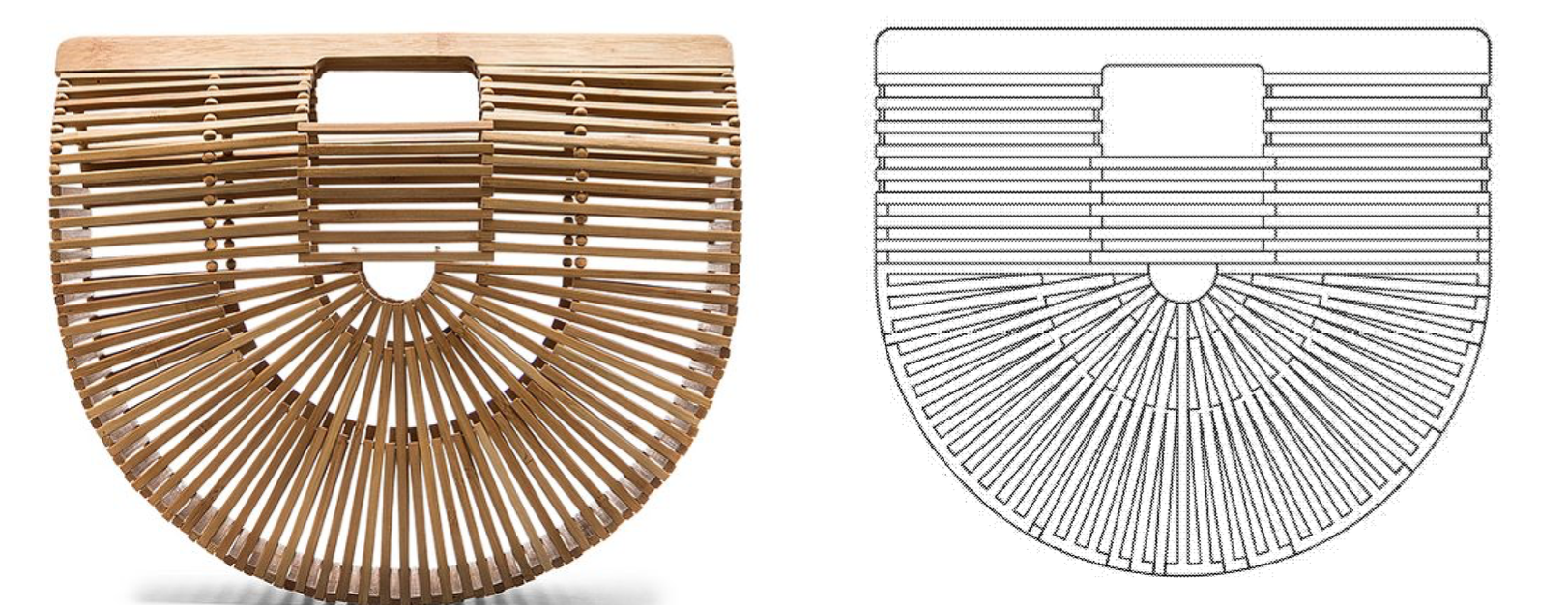 Cult Gaia’s Ark bag (left) & Minling Lin’s design patent (right)
Cult Gaia’s Ark bag (left) & Minling Lin’s design patent (right)
The design patent award – which provides Ms. Lin with protection for the visual ornamental characteristics of the bag for a period of 15 years in the U.S. (protections that are relatively similar to the protections afforded by trade dress) – raises the question: what does this mean for Cult Gaia/Larian LLC and Steve Madden?
In all likelihood, the answer is: a lot less than you might think. As Sarah Burstein, a professor at the University of Oklahoma College of Law, who specializes in intellectual property, says, “The issuance of the design patent [to Lin] (whether it’s valid or not) shouldn’t, in and of itself, affect [Larian LLC’s] trade dress application.” This is, at least in part, because unlike patent law, trademark law does not come with a novelty requirement. So, it does not necessarily matter for Larian if someone else used the traditional Japanese bamboo bag design before as long as consumers associate the design of the bag exclusively with the Cult Gaia brand (i.e., the design has come to enjoy secondary meaning).
If anything, there is a good chance that if Lin were to sue Larian LLC/Cult Gaia for design patent infringement in connection with their manufacture and sale of the Ark bag, she would be the one dealt a losing hand. In response to a patent infringement lawsuit, counsel for Larian LLC/Cult Gaia might respond by asserting that Lin’s design patent is invalid, precisely because of patent law’s novelty requirement.
“If Lin [were to] sue Cult Gaia, that would risk the patent, since the accused products,” Cult Gaia’s Ark bags, “could actually be invalidating prior art,” says Burstein. Cult Gaia’s introduction of the very-similar-looking Ark bag predates Lin’s patent application by several years, thereby, proving that the bamboo bag design covered by Lin’s design patent is not novel. Beyond that, Burstein says, “There is other close prior art out there, as well,” whether it be imagery of lookalike Japanese bags dating back decades or the slew of exact-same bags that have been on the market for years, as Steve Madden pointed out in its suit against Larian LLC.
“The validity of a design patent depends on how close the prior art is,” per Burstein, and here, the prior art – aka the other already-existing inventions (or bags, for us) – is expansive and in many cases, identical. This is damning, as the USPTO is, at least in theory, not supposed to issue a patent when the claimed invention is already public knowledge in some form or fashion, as it was here.
While Lin’s new patent may not stand in the way of Larian’s pending trade dress application, that does not mean, however, that Lin will not take a page from the notorious patent troll (or non-practicing entity) handbook, and attempt to make money from Cult Gaia and Steve Madden to the seemingly countless Amazon sellers that are making use of the crescent bamboo handbag design. What is much more likely here than Lin rushing to a federal court to file a patent infringement lawsuit against Larian is that she will opt to send cease and desist letters threatening to sue all of those companies for patent infringement if they do not pay her a licensing fee.
Why else would she seek patent protection for a bag that she does not appear to 1) actively be selling, and 2) be looking to build a brand upon (since so many other brands are already using this design and have been for years)?
This has proven an attractive (and potentially very lucrative) tactic for trolls since paying a licensing fee will almost always be prove (much) cheaper and far less time-consuming than patent litigation, and so, companies tend to pay the fee.
It is unclear if – and how – Lin will use her new design patent, but there is a good chance she will opt out of a fight with Larian (if she wants to keep her patent intact, that is), leaving the twenty-something spawn of billionaire toy tycoon Isaac Larian of Bratz franchise fame and the multi-billion dollar brand that is Steve Madden, which is no stranger to litigation, to fight this one out on their own.




